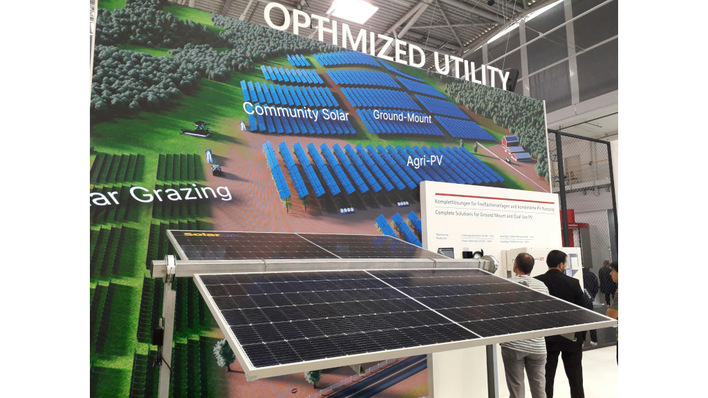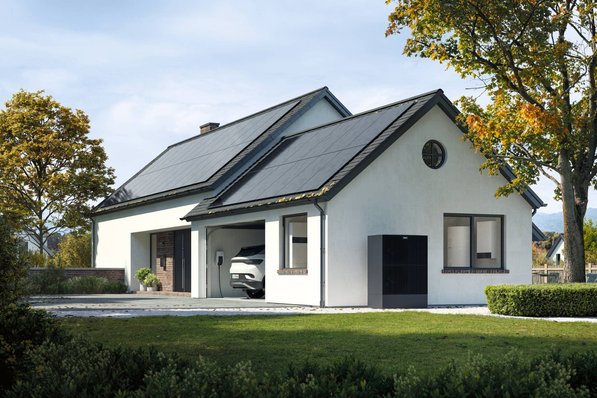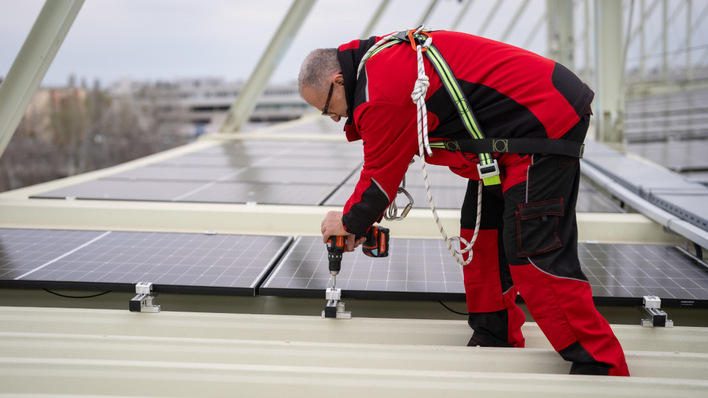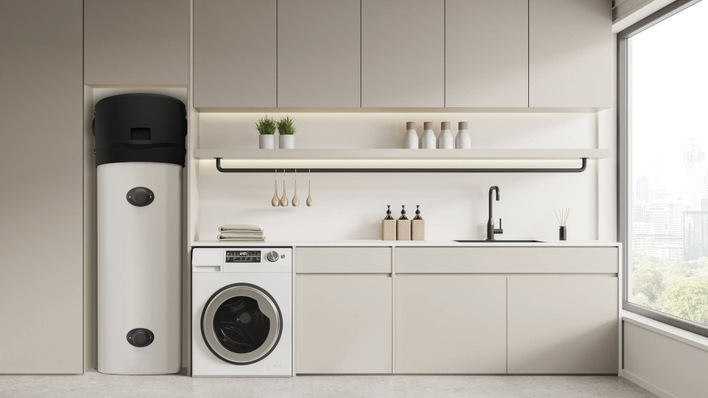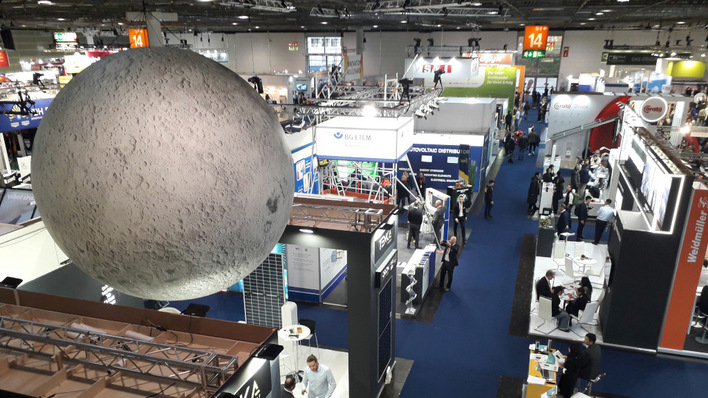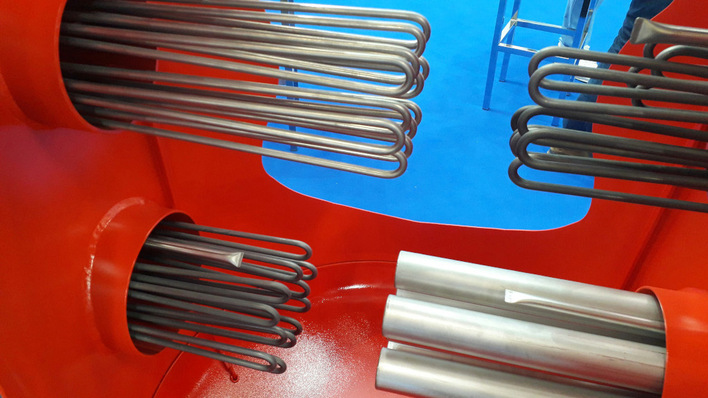Energy efficiency is rapidly establishing itself as a primary concern across the globe. Energy efficiency is largely envisioned as the core element to decrease greenhouse gas (GHG) emissions, enhance energy supply, and generally improve competitiveness in the energy sector. This is evident from various energy efficiency initiatives being undertaken worldwide, including Europe’s 2030 Energy Union objectives, which is aimed at cutting down energy use in the region by 32.5% in comparison with business-as-usual estimates, which will in turn lead to a nearly 40% reduction in GHG emissions from the 1990 levels.
Decarbonization of the heating & cooling sector
One of the most common considerations of meeting these energy targets is the decarbonization of the heating & cooling sector. In the EU, heating & cooling, which is reliant predominantly on fossil fuels, accounts for almost 50% of the cumulative energy demand. In order to foster a more sustainable heating & cooling outlook, targeted investments and efforts towards energy efficiency and the replacement of fossil fuels by renewable sources are gaining massive traction in recent years.
District energy is a core component of heating & cooling decarbonization, as it facilitates high energy efficiency levels and the coupling of sustainable energy and sectors. Studies have revealed that smart energy systems with 50% district heating and sector integration demonstrate greater efficiency than conventional/decentralized systems and enable higher use of renewable energy sources at economical costs. These factors are, in turn, contributing heavily to solar district heating market trends over the years.
Overview of solar district heating systems & why they are so significant
Solar district heating plants or SDH plants are solar thermal facilities that deliver heat through district heating systems. This heat is generally used to meet industrial as well as residential space and water heating needs. These systems can accommodate the requirements of smaller sites such as individual buildings as well as largescale needs such as entire cities.
SDH systems are largescale applications of traditional solar thermal technology. These facilities can be integrated into local district heating networks and can replace fossil fuels and other sources during warmer months and can store a share of the heat collected in the summer for use in winter months.
Solar heating has myriad advantages in district heating applications, as these systems are more economical, efficient, and less polluting than decentralized heaters using fossil fuels. Solar district heating has been in development for over two decades, which has led to a significant surge in these systems for commercial use. According to estimates, more than 300 solar district heating plants with over 350 kWth capacity have been established in Europe.
Shift in trends towards zero-emission (green) buildings
In recent years, green building or net-zero energy building has become a prominent concept for research and development activities in the construction sector. To that end, many nations across the globe are working on implementing climate action plans to bring emission levels from the construction sector to zero. A notable example of this is the signing of the WorldGBC (World Green Building Council)’s Net Zero Carbon Buildings Commitment by several European cities including Valladolid, Spain, and Helsinki, Finland alongside leading property sector companies. The commitment indicates the pledge taken by the participants to achieve net-zero emissions for their constructions by 2030, as well as a pledge by the cities to ensure that all buildings comply with these targets by 2050.
A major part of increasing energy efficiency in buildings is the supply of remaining energy requirements with renewable and carbon-free sources of energy. Heating and cooling systems are the largest consumers of energy in buildings. Considering this, SDH designs can aid significantly in addressing these loads more sustainably and efficiently.
Read more: Hamburg district is completely supplied with renewable energy
For instance, the ongoing Denver-based multi-use campus construction, dubbed the National Western Center, aimed at housing food & agriculture-related public events such as the yearly National Western Stock Show, is working on developing a potentially zero-energy district system. The system includes a wastewater pipe as well as a heat exchanger, which work together to facilitate heat transmission to and from an ambient loop which circulates water through the district.
This district heating solution is designed to absorb heat in summer months through heat recovery chillers, as well as to store heat to be used in winter months, delivering high efficiency in individual buildings. The district heating system is powered largely by solar and wind-energy from off-site plants as well as via on-site PV facilities.
Advancements in sustainable district energy development & deployment
District energy based on renewable energy sources in heating & cooling systems is considered a valued solution for the replacement of fossil fuels at more economical prices, as well as beneficial for ecological wellbeing. Solar thermal systems, waste heat, biomass, and others are among the most prominent energy models contributing to the rise of renewables, with solar installations and wind farms gaining prominence in district heating solutions.
Widespread R&D efforts alongside growing awareness regarding the merits of solar energy are offering lucrative opportunities for entities operating in the solar district heating industry.
Did you miss that? Finland: 4 MW PV system for self-sufficient energy community
In many regions, district energy is a key contributor to climate action and emission control initiatives. Several global initiatives and efforts are indicative of this, including Austria’s Climate and Energy Fund, Serbia’s ReDEWeB (Renewable District Energy in the Western Balkans) programme, as well as the installation of the first SDH installation in Johannesburg, South Africa in 2019.
Likewise, in Serbia, the Pančevo district heating plant has planned expansions to its existing 700 kW solar power facility to more than 1 MW. This initiative also includes the installation of over 35,000 square meters of solar collectors, with 24.3 GWh annual production and a seasonal, underground storage facility spanning 150,000-cubic meters. This SDH facility is geared towards enabling the use of solar heating in both summer and winter months, as well as mitigating natural gas consumption of the Pančevo heating plant, among other benefits. (sw/hcn)



